St. John’s Lodge No. 1
The first principal Officers were:
| Worshipful Master | Bro. Ebenezer Nicholson |
| Senior Warden | Bro. William Hillman |
| Junior Warden | Bro. Robert Lee |
The Fellow Craft who attended the inaugural meeting was Bro. Thomas Alexander. He was raised in November 14, 1797. The first member by Petition for membership was Lieutenant Governor Edmund Fanning. He received his Entered Apprentice Degree on November 14, 1797 and was raised on December 12, 1797. He served as Master of the Lodge from 1801-1805. Bro. Fanning presented an Altar Bible and Square and Compasses to the Lodge in 1797.
Prior to the formation of the Grand Lodge of Prince Edward Island in 1875 St. John’s Lodge was on the Registry of the United Grand Lodge of England. The United Grand Lodge was established in 1813 through the union of the two Grand Lodges that had been formed in 1717 and 1751. The members of the second Grand Lodge (1751) were known as ‘Ancients’ or ‘Athol Masons’ in contrast to the Brethren of the older Grand Lodge who were referred to as ‘Moderns’ after 1751. The Provincial Grand Lodge in Nova Scotia which issued the Warrant to St. John’s Lodge in 1797 was an Athol Provincial Grand Lodge. As Constituent Lodges were closed in the Jurisdiction of the United Grand Lodge others were renumbered. St. John’s was first numbered 26 on the Registry of the Athol Provincial Grand Lodge of Nova Scotia. The number changed to No. 833 on March 10, 1829, No. 562 in 1832 and No. 397 in 1863 before being issued No. 1 when the Grand Lodge of Prince Edward Island was formed in 1875. (Wakeford, p.13) The change in numbers was both an inconvenience and an expense. The Lodge’s Seal had to be changed each time. This often required that it be sent to Boston for the refit.
The Bye-Laws for the St. John’s Lodge were approved in 1810. The volume under twenty-five headings is detailed and affirms a strict discipline code. A schedule of fines was established for such wrongs as lateness, 6 pence; absence without sufficient reason, 1 shilling; retiring contrary to form, 1 shilling 3 pence; riotous conduct due to intoxication, 5-10 shillings and swearing, 2 shillings to be doubled for each subsequent offense in the same evening. The Bye-Laws conclude with the Lodge Motto: May virtue be the abutment and wisdom the keystone of this Lodge. The Lodge was called to meet at 6:00 p.m. between the autumnal and vernal equinox and at 7:00 p.m. between the vernal and autumnal equinoxes. ( The Lodge was consistent with English tradition of meeting and then having Mine Host at Cross Keys provide the evening’s refreshments.) No business was to be conducted after 9:30 p.m. and Lodge was not to be detained after 10:30 p.m.. (Wakeford, 1890, pp. 28-31) The Bye-Laws were not revised until 1853 when amendments eliminated all fines.
The Bye-Laws did not establish annual dues because the United Grand Lodge required only the fees from initiation and diplomas. The expenses for Communications were paid by those who attended hence the deterrents to absenteeism in the Bye-Laws. St. John’s Lodge established annual dues before the Grand Lodge of Prince Edward Island was established but did not pay per capita tax until 1875. The annual payments to the United Grand Lodge averaged $27.48 for the last quarter-century before Grand Lodge was formed in 1875. (Wakeford, 1897, unpaged)
With the exception of a brief interval (1848-1850) when the Lodge met on the second Friday of each month, the Brethren have maintained the tradition of meeting on the second Tuesday. The custom of closing for the months of July and August began in 1938 after Grand Lodge approved an Amendment to Section 1 of the Bye-Laws. An exception was made in 1987 when the Worshipful Master ordered that the Lodge to hold Regular Communications in July and August to accommodate visitors to the City. A total of six visiting Brethren attended the two Communications. The Lodge also held Regular Communications in July and August in 1998.
Regular Communications for St. John’s Lodge have been recorded in at least fourteen Lodge Rooms in Charlottetown. The work of determining location and time of occupancy has been challenging because the Minutes of earlier years (for all Masonic Bodies) rarely provided that kind of information. The following list, though incomplete, provides a glimpse of the places where Charter has been displayed








